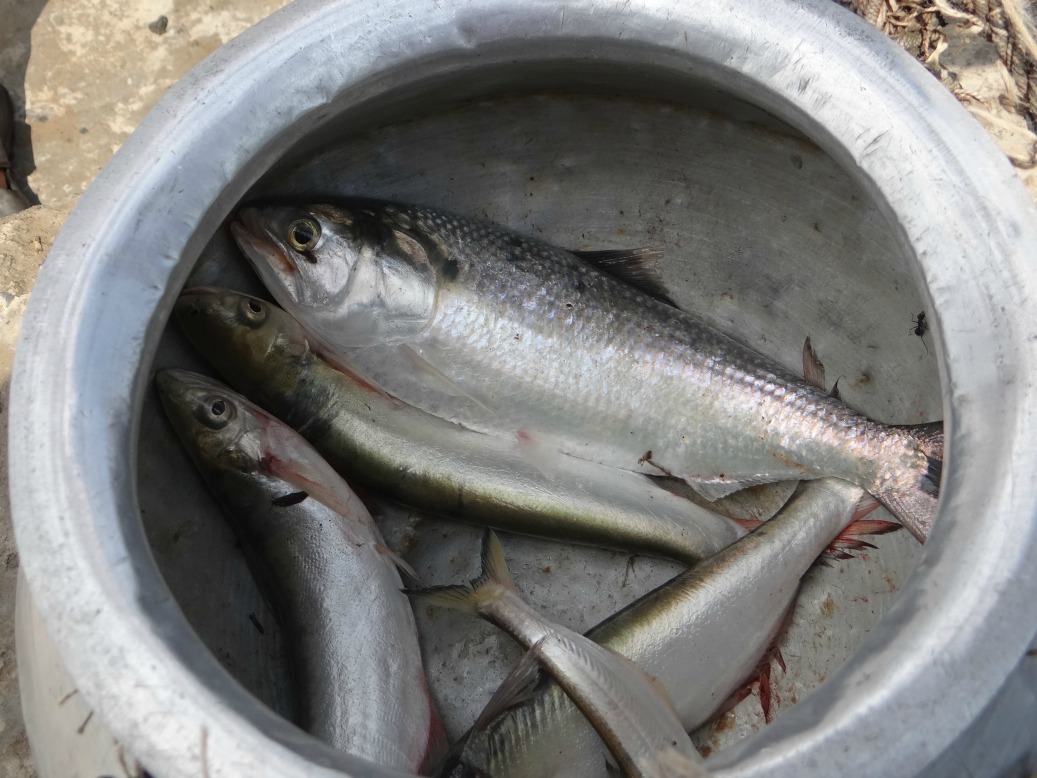
Across the world, 21 November is celebrated as World Fisheries Day. In India, fisheries departments consider only marine fish or reservoir fish worth talking about, when our rivers are home to nearly 1000 fish species and provide livelihoods to over 11 million people! Riverine fish are an indication of a healthy, functioning river. Dams and the changes they wrought on river habitats are one of the biggest factors resulting in catastrophic decline in Indian fisheries. However we refuse to acknowledge this, let alone remedy it.
In many parts of the world, decisions around decommissioning dams are being taken based on their impact on fish. Over 1000 dams have been decommissioned in the US in last two decades, many to ensure survival of migrating fish such as salmon and steelhead.
A dramatic illustration of this was provided to us at Bonneville Dam, Columbia river, USA in 2011. We were taken to a chamber below the riverbed, where one could see fish climbing a fish ladder, meant to help them get over the obstacle of the dam. An energetic woman was counting, documenting (and cheering) these fish hikers! This process continues round the clock, helping understand the effectiveness of fish ladder, which is controversial. In India, even low dams make no provision for fish — no ladders, no connectivity, no water releases.

We visited the Farakka Barrage on the Ganga in Bengal to study a number of issues, including its fabled fish lock, put in place to help the migration of their beloved hilsa. Ganga was rich in fish diversity and productivity right till Kanpur; and even tributaries such as the Yamuna had remarkable diversity till Farakka was commissioned in 1975. Any Bengali worth her fish will gush about hilsa’s place of pride in Bengali culture and how Farakka destroyed Hilsa in the Ganga/Padma. At Farakka we looked for the fish lock for a long time, but none of the engineers and officials knew anything about it and empathetically told us that we were mistaken!
In Nov 2011, we visited Narora Barrage on Ganga, (which also holds a healthy Dolphin population!) to see how the fish-pass there is functioning, we saw only a trickle flowing down the pass and no fish. Narora was designed in the 1960s, but the consciousness about the need for a fish-pass existed even then. Even Hirakud dam, one of the first dams to be constructed post-independence; and Mettur Dam, constructed before independence, have fish passes, but neither are functioning. No new studies or remedial measures are undertaken. New dams are designed and get clearances without any thought about their impact on fish and fisheries.
Dolphins, hilsa, mahseer, snow trouts are some of our iconic fish, but there are scores of fish species in our rivers and new species are being discovered rapidly in the Western Ghats and the north-east.
While dams profoundly impact fisheries, there is no social and environmental impact assessment on fisheries, no compensation to fisherfolk and no rehabilitation. This is starkly visible at the Sardar Sarovar Dam on the Narmada. In the north-east, one of our biggest people’s movement has led to stoppage of 2000 MW Lower Subansiri Dam, mainly for downstream impacts, including impact on fisheries.
When it comes to fish, fisherfolk and healthy rivers, it’s not a monochromatic development vs environment argument. Like the fish, our survival too is linked to healthy rivers.
Himanshu Thakkar and Parineeta Dandekar are part of South Asia Network on Dams, Rivers and People